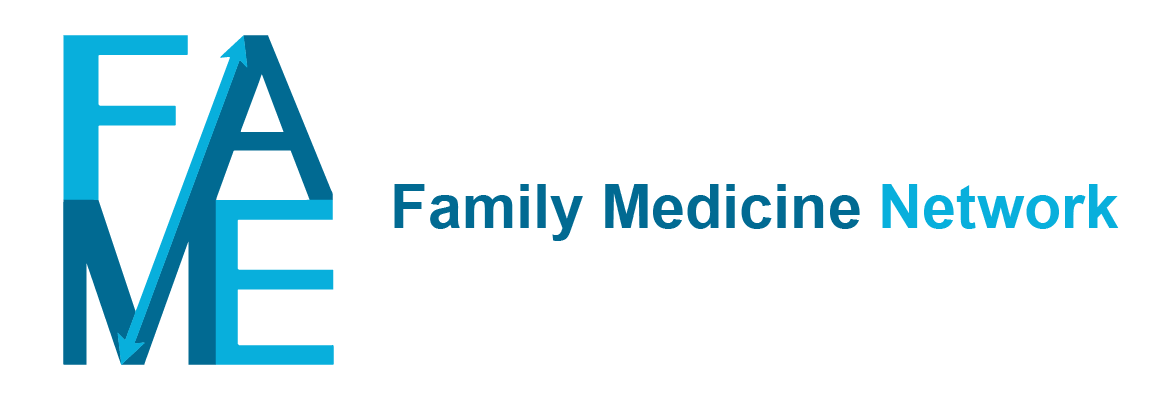Signs and symptoms of breast cancer may include a lump in the breast or eczema at the nipple. In symptomatic patients, mammography or breast ultrasound can show a suspicious lump. Breast cancer may also be detected by mammography screening.
A definite diagnosis is made when malignant epithelial cells are found. The most common histologic types are infiltrating ductal, infiltrating lobular and mixed ductal / lobular carcinomas.
To detect breast cancer at an early stage, all Dutch women aged between 50 and 75 years receive an invitation to participate in a mammography screening every two years.
Breast cancer in men occurs very rarely. Factors that are associated with an increased risk of breast cancer – besides female sex – are increasing age, a family history of breast cancer, alcohol consumption, smoking, and having had oestrogen and progesterone circulating for a long time. Examples of long hormonal exposure are early menarche (having your first menstrual period at a young age), late menopause, nulligravidity (never having been pregnant), giving birth for the first time at an older age and using postmenopausal hormone therapy. Breastfeeding and physical activity reduce the risk of breast cancer.
Most women (around 98%) will survive breast cancer for five years or more after diagnosis. Treatment occurs in secondary or tertiary care and depends on the stage of breast cancer at presentation. Specialist treatment may involve surgery, radiation therapy and medical oncology (e.g. chemotherapy, hormonal treatment, immunotherapy).
In the text below, we will focus only on female breast cancer.
Breast cancer is coded in ICPC-2 as X76.
Incidence of breast cancer is 1.5 per 1000 female patient years, meaning there are three new diagnoses in a practice with 1000 female patients every two years. The diagnosis is generally made in patients older than 45 years of age but there are sometimes cases in the age group 25-44 as well. Incidence is highest in patients aged between 65 and 74 and in those over 75 (4.0 per 1000 patient years). Link/Figure 1
The prevalence of breast cancer is 12.8 per 1000 female patient years. This means that among 1000 female patients per year, 13 have (had) breast cancer and sought help from the GP for it. Prevalence is highest in patients aged 65-74 years, at 47.5 per 1000 patient years. Link/Figure 2
The higher prevalence compared to incidence indicates that breast cancer requires ongoing GP attention in the years after the diagnosis.
The most common reason for encounter (RFE) for breast cancer is a breast lump / mass (X19), which is presented in 35% of all new breast cancer diagnoses. Another frequently recorded reason to start this episode is an abnormal screening result. The GP can receive this result as a letter (RFE *62), the screening care provider can contact the GP about the abnormal finding (*65) or the GP can initiate the contact with the patient in response to an abnormal screening result (*64). Link/Table 3 In younger women with breast cancer (25-45 years), a breast lump / mass is even more common as an initial RFE of an episode breast cancer (but note that these numbers are low). Link/Table 4
In previous research with FaMe-Net data, a positive predictive value of 15% was found for diagnosing breast cancer in patients aged 45 years and older presenting with a breast lump (RFE X19). This means that 15% of those patients who presented with a breast lump were to be diagnosed with breast cancer (final diagnosis X76). The positive predictive value in the current dataset is 10%. Link/Table 5 This lower percentage is probably caused by the younger average age of women contributing to the current dataset when compared to the previously published data; after new practices joined the registration in 2014, the age composition of the entire FaMe-Net population shifted towards one with a smaller proportion of older patients, resulting in a lower average age in those over 45.
When the diagnosis is still unclear, GPs request diagnostic radiology / imaging (*41) or refer to a specialist (*67, Link/Table 6), most often a surgeon. Link/Table 7 During a breast cancer episode, the most common intervention by GPs is the prescription of medication (*50). Most commonly, anti-oestrogens and aromatase inhibitors are prescribed. Link/Table 8 Referral to physical therapy is also a common intervention. Link/Table 9
Dutch guideline: https://richtlijnen.nhg.org/standaarden/borstkanker#volledige-tekst (2016)
Van Boven et al. The diagnostic value of the patient’s reason for encounter in diagnosing cancer in primary care. JABFM 2017.
